The ultimate goal is to form administrative units of more reasonable size, promote regional linkage strengths and create favorable conditions for investment and sustainable socio-economic development.
However, in addition to organizational, administrative and development factors, a fundamental requirement is being raised, which is how to preserve and promote cultural identity in the process of changing administrative boundaries. This is not a secondary issue, but an inseparable part of the strategy for comprehensive, harmonious and sustainable development. Because culture is the root, the soul of each locality; losing or blurring identity also means losing the soft foundation of sustainable development.
In practice, culture is not limited by administrative maps, but is directly affected by policy mechanisms, management apparatus and implementation capacity of specific local authorities.
Many intangible cultural heritages of Vietnam recognized by UNESCO such as: Central Highlands Gong Culture Space; Southern amateur music; Central Vietnam's Bai Choi art; Cham pottery art; Thai Xoe art... are all associated with specific community spaces, with cultural institutions, social customs and long-standing practice traditions.
Therefore, a question arises, when merging some provinces and cities, is there a risk that previous cultural preservation policies will be interrupted, or will no longer be given the proper priority in the new structure?
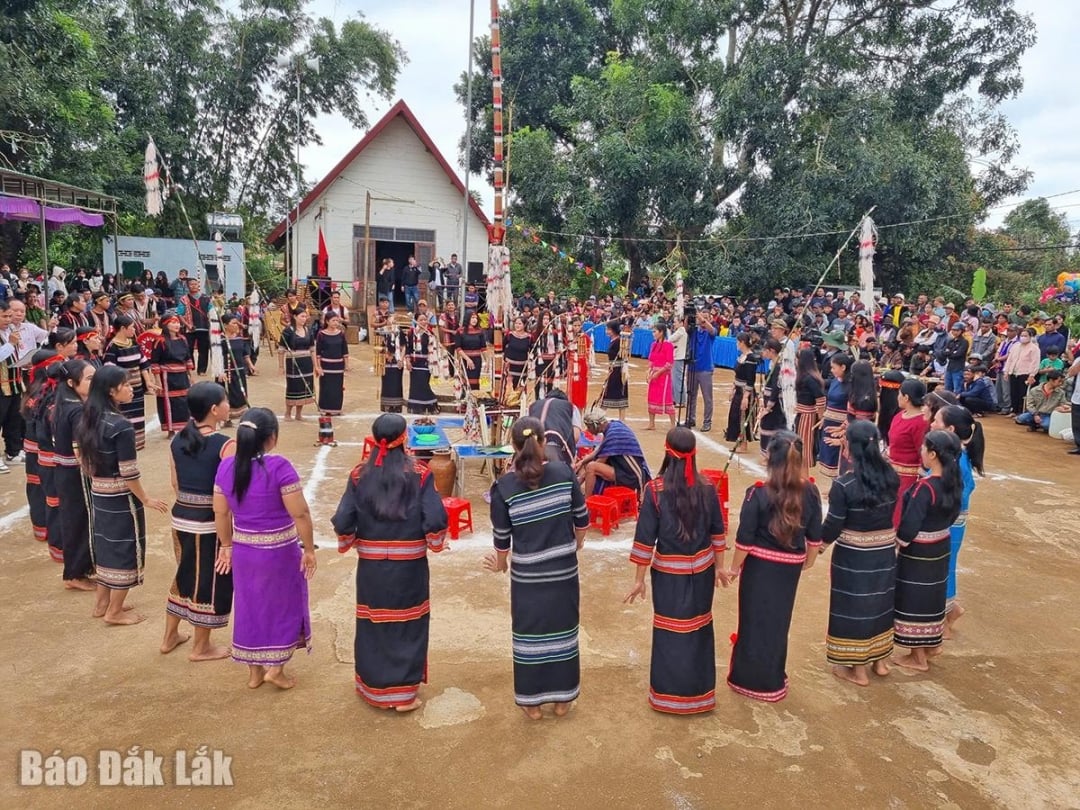 |
| New rice celebration in Ea H'ding village, Ea H'ding commune (Cu M'gar district). |
During the process of merging communes, when consulting the people, many voters expressed their concerns about the loss of traditional names, local festivals, and the loss of the “country soul” in the new naming, leading to concerns about the change. At the provincial level, the impact will probably be even more profound, not only in terms of social psychology, but also at the policy level. The merger of provinces – although not causing the disappearance of heritage – but without policy continuity, it is easy for these values to be affected, lack a management address, or be obscured in the overall planning.
From a positive perspective, if properly organized, the merger process can open up a new, richer and more connected cultural space. This is also a time for localities to re-evaluate the current institutional status, adjust conservation policies to suit the modern context, and at the same time create conditions for indigenous heritage values to be interwoven and spread. However, the condition for achieving this positive transformation is to integrate culture as a key element in administrative planning, instead of just considering it as a secondary issue.
Administrative restructuring is a correct, urgent and practical policy. Preserving culture in restructuring means keeping each region’s own identity in the process of innovation – so that the past is not forgotten, the present is not dissolved and the future is shaped on a solid, lasting foundation…
Source: https://baodaklak.vn/chinh-tri/202505/giu-gin-ban-sac-van-hoa-trong-tai-cau-truc-hanh-chinh-4c41d0f/





![[Photo] Prime Minister Pham Minh Chinh chairs conference on anti-smuggling, trade fraud, and counterfeit goods](https://vphoto.vietnam.vn/thumb/1200x675/vietnam/resource/IMAGE/2025/5/14/6cd67667e99e4248b7d4f587fd21e37c)



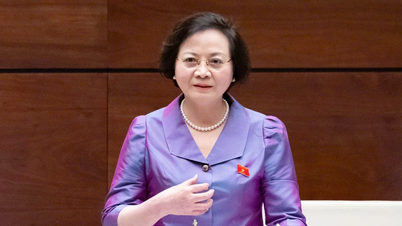



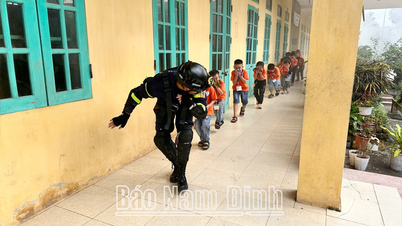




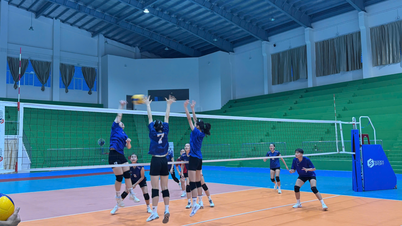

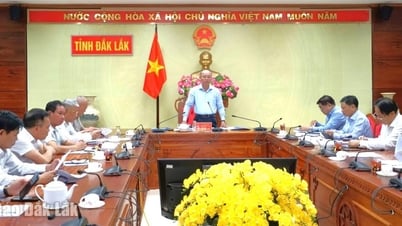
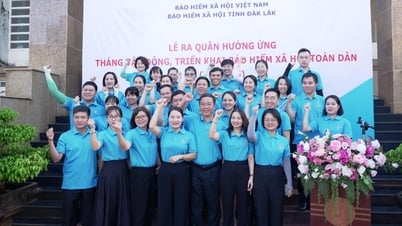
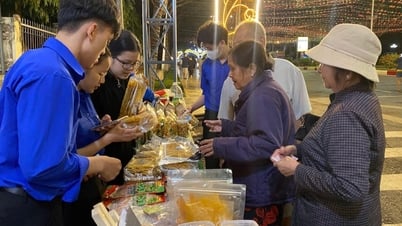












































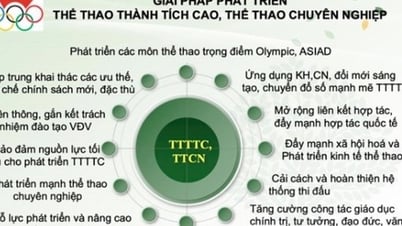









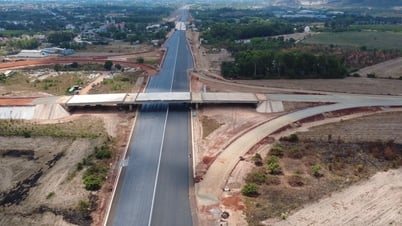













Comment (0)